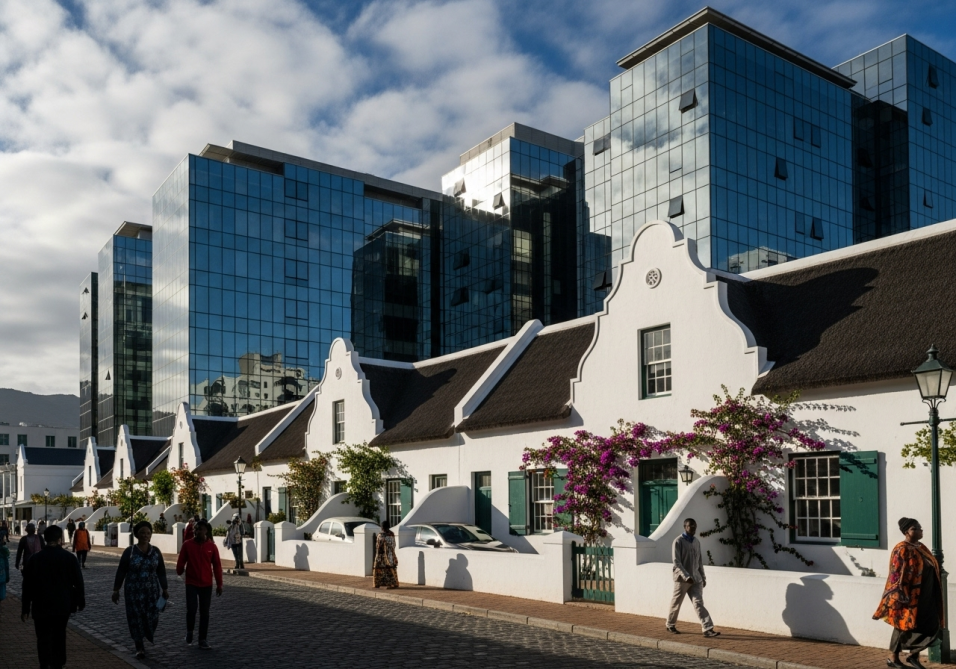The Impact of Commercial Architects on Gauteng’s Thriving Economy
Gauteng, South Africa’s industrial and financial nerve center, pulses with the ingenuity of its commercial architects. These visionaries craft spaces that drive commerce, from towering offices to vibrant retail enclaves, fueling GDP growth and job creation. Amid economic recovery post-2024, their contributions are vital, blending profitability with societal benefits. This piece unpacks how commercial architects are bolstering Gauteng’s economy, with insights into their multifaceted influence.
Driving Investment Through Iconic Developments
Commercial architects in Johannesburg are economic engines, designing landmarks that attract foreign direct investment. The Canal Plaza by dhk Architects, a mixed-use marvel, exemplifies this, integrating retail and residences to stimulate local spending. Such projects generate thousands of construction jobs and sustain service sectors long-term.
In Pretoria, Gauteng architects’ shopping centers have profound socio-economic ripple effects, employing over 100,000 and serving as community hubs. The Paradigm in Sandton, another dhk gem, boosts tourism with its LEED-certified features, drawing global firms and enhancing tax revenues.
Lidar scanning enhances these impacts, allowing precise site analyses that minimize overruns—critical in a volatile economy. Architects Johannesburg use it to optimize layouts, ensuring commercial viability.
Green Buildings and Long-Term Economic Resilience
Sustainability is key to economic longevity, and commercial architects are leading the charge. A 2023 study compared green versus conventional offices in Gauteng, finding the former yield 15-20% higher occupancy rates due to lower operating costs. Projects like those from Paragon Architects incorporate advanced glazing, slashing energy bills amid Eskom challenges.
The creative economy benefits too: Johannesburg’s hubs, rejuvenated by artists and architects, add R10 billion annually to the provincial coffers. Gauteng architects‘ adaptive reuse—repurposing malls into innovation districts—preserves capital while creating 21st-century workspaces.
Student housing architects intersect here, designing campus-adjacent commercial nodes that support university economies, housing over 1 million students by 2025.
Navigating Challenges in a Competitive Market
Fierce competition pressures profits, with project slowdowns noted in 2022 reports, yet commercial architects adapt via entrepreneurship education. Urban economies, as per the South African Cities Network, rely on their role in integrated frameworks.
Active design principles, including lidar-scanned wellness features, promise socio-economic gains, though empirical data lags. In response, firms like Boogertman + Partners diversify into interiors, broadening revenue streams.
A Prosperous Horizon for Gauteng
Commercial architects are indispensable to Gauteng’s economic tapestry, their designs catalyzing growth while addressing inequalities. As lidar scanning refines their precision and student housing integrations expand, their impact will deepen. In a nation striving for inclusive prosperity, these professionals build not just structures, but foundations for enduring wealth.

